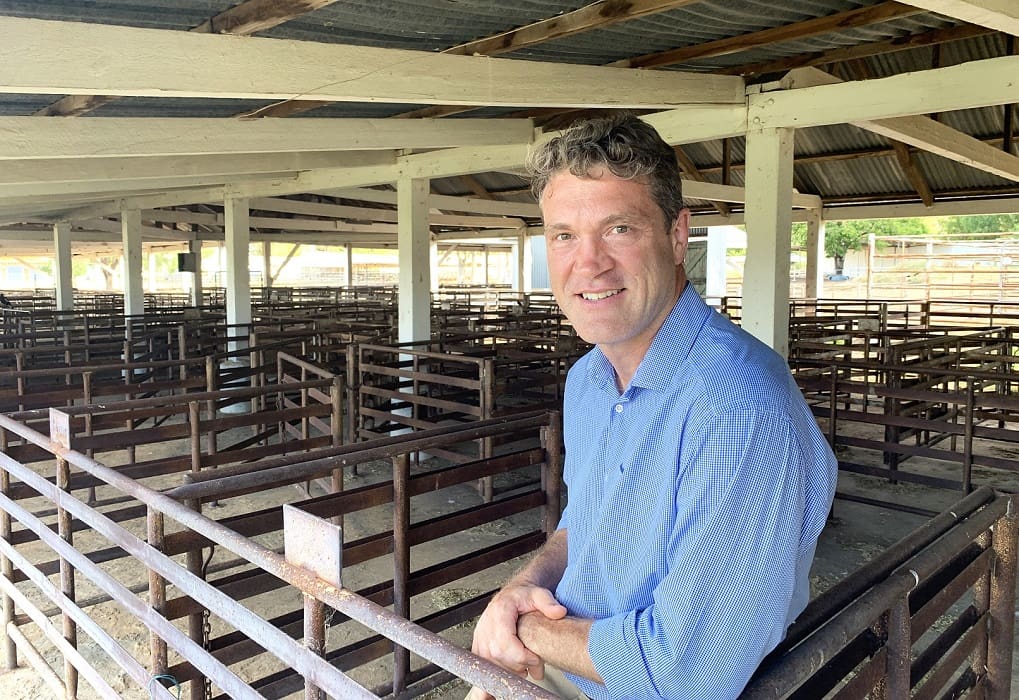After four years of growth in animal protein production globally, 2024 will see the pace slow or even decline across some protein types, Rabo predicts.
The shift comes as producers and processors navigate tighter margins due to structural changes to market conditions. Higher production costs and tighter supplies will push animal protein prices up and constrain global consumption in 2024.
Global production growth
Rabobank analysts forecast marginal year-on-year production growth in the major markets of North America, Brazil, Europe, Oceania, China and Southeast Asia of 0.6 million tonnes – or 0.5pc – to a total of 247mt next year. This is against a 2.1mt or 1pc growth in 2023.
Poultry and aquaculture will be the only two protein groups to see production grow in 2024, predicts Rabobank, though it will be slower than in 2023. Beef will continue the decline seen in 2023, moving with changes in cattle cycles in North America, while pork production will also contract modestly. Wild catch seafood will return to its longer-term pattern of declining production after a year of expansion in 2023.
Salmon looks set to be one of 2024’s success stories. Following two years of production contracting and flatlining, supply will expand by 4-5pc, and its relative price competitiveness against other proteins will boost demand.
However, plant-based meat alternatives will continue their decline with customers and investors. Food service is expected to be the key buyer for players in this category in 2024.
Protein market changes
Input costs and inflation are likely to fall, but will remain at a higher level than pre-pandemic. There are also signs consumers are growing used to higher prices and, in some markets, willing to pay a quality premium.
Some protein market changes appear to be permanent, Rabobank notes. Demographic shifts will see the labour market tighten and raise production costs, while reduced population growth will slow consumption.
Elsewhere, there will be pressure to invest in upgrading production systems to serve emerging market needs, meet regulatory requirements and cater to changing consumer preferences around sustainability. Adverse weather conditions and disease also present challenges.

Justin Sherrard
“It’s a testament to the resilience and flexibility of businesses along animal protein supply chains that they continue to grow production and deliver on customer expectations amid such challenging market conditions,” Rabo global strategist for animal protein Justin Sherrard said.
Despite a cost-of-living crisis putting pressure on consumer finances, there continues to be demand for animal protein and businesses have been able to overcome challenges, from high costs to regulatory uncertainty and disease, to capitalise on it,”
“For businesses to sustain the success of the past few years, it’s essential that they adapt to the structural changes in the market. Instead of simply riding out the storm, animal protein businesses need to take stock of their strengths and prepare to transition their supply chains to operating in an environment with high costs and tight margins.”
Australia
The report says for Australia, increasing livestock numbers and the expectation of dry conditions in the year ahead will see production continue to rise.
After two to three years of favourable conditions, increased livestock inventory and the likelihood of drier seasonal conditions will see an increase in livestock turnoff in 2024, Rabobank’s Outlook says.
Senior protein analyst Angus Gidley-Baird says despite a recent reprieve from the dry conditions in some parts of the country, the longer-term climate outlook for the year – coupled with higher inventory – is expected to see cattle slaughter numbers increase in 2024, following a strong 16pc increase in 2023, and lamb slaughter numbers to increase 11pc.
“With a slight contraction in average slaughter weights – caused by drier conditions affecting producers’ ability to finish stock and by cull animals being added to the system – we expect beef and lamb production to increase by four per cent and one per cent respectively in 2024,” he said.
While Australian livestock slaughter and production volumes are expected to rise in the coming year, several uncertainties exist that will influence the size and impact of the increase, Rabobank says. These include producer confidence, Mr Gidley-Baird said.
“Concerns triggered by previous dry seasons have caused notable lack of confidence among livestock producers and forecasts of dry conditions have meant some have made decisions to sell livestock early,” he said.
“The extent to which increased slaughter numbers in 2023 reflect surplus livestock in the system or a reduction in numbers due to season conditions is unclear. But if it is the latter, it will lead to lower levels of slaughter in 2024 and beyond.”
With slow global consumer markets expected in 2024, the Australian livestock sector will remain heavily influenced by domestic livestock supply, the report says.
“The contraction in US beef production will support demand for Australian exports and improve the competitiveness of Australian beef in markets such as Japan, South Korea and China, providing a counter to increasing supply and possibly some upside to cattle prices as the year progresses,” Mr Gidley-Baird said.
“However, lamb and sheep meat have no such global demand stimulation. Therefore we expect prices for these will remain soft throughout the year.”
Other production regions
Brazil and Southeast Asia will show the fastest production growth for poultry and meat, according to the Global Animal Protein Outlook. In Brazil, production will grow across all species led by pork and poultry, although it will slow against 2023 levels.
Meanwhile, China will see marginal growth, with poultry best placed in China and pork and beef under pressure. Europe and North America will see an overall production contraction.


HAVE YOUR SAY